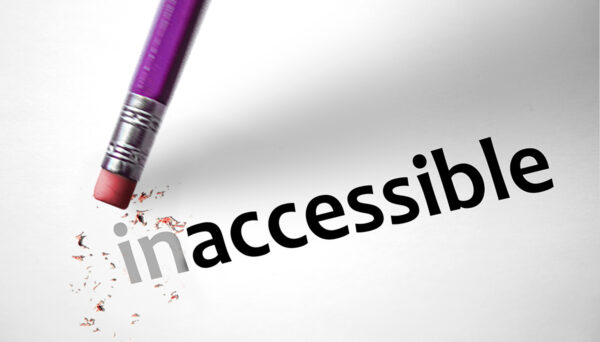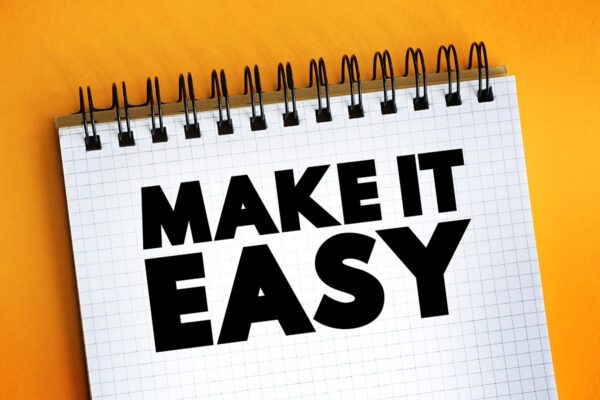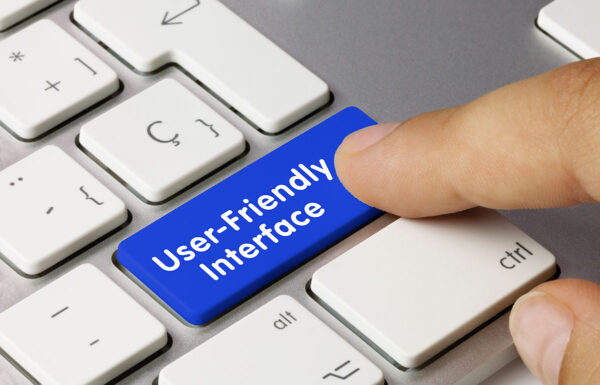Here’s a goal for your fundraising in 2025 – make it more accessible.
The ethical reasons are clear: we should not make unnecessary design and language choices that make it harder for people to see, read and understand.
Additionally, the financial reasons are clear:
- When more people can easily read your fundraising, more of your fundraising will be consumed, and you’ll raise more money.
- When more people can quickly understand your fundraising, more people will keep reading, and you’ll raise more money.
Our next three blog posts will be full of tips for how you can make your fundraising more accessible. All of the tactics we’ll share, as well as the overall idea, are part of the Universal Design movement. (But we just call it smart fundraising 🙂 )
In the meantime, take a look at your fundraising and ask yourself:
- Is the text easy for an older person to read?
- Is the design easy for a “scanner” to quickly know what’s most important?
- Is the copy written so that the reader needs a college education to understand it, or is it accessible to people with less education?
It’s emotionally stretching for an organization to make their fundraising more accessible. But you’ll be doing the right thing. And in my experience, you’ll also raise more money.
This post was originally published on March 19, 2024.




